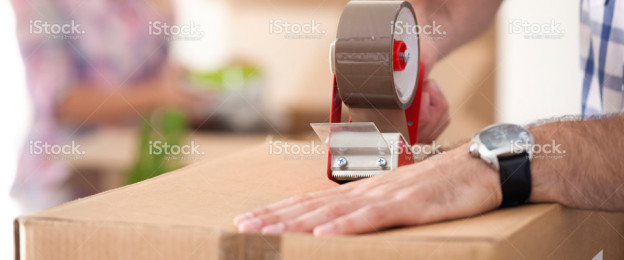Tips for Taking Inventory Before Your Move
If you’ll be relocating in the near future, it’s a wise idea to take inventory of your belongings before you move – especially items that have monetary or sentimental value. Whether you plan to hire a moving company for packing, or you’re just trying to be organized before you begin packing, it will help to have a list or photos of your belongings and the condition they are in.
If your items come up missing during a move, or get damaged, the process of proving the value of your loss will be easier if you can prove its existence and condition. Something to keep in mind is that a moving company is more likely to replace damaged goods if its trained staff did the packing.
When to Take Inventory
Start taking inventory of your belongings as soon as you decide you’re moving. This will cut down on the stress of last minute tasks. The items that are not used regularly can be packed during the inventory process, so you won’t have to touch them twice.
Go through your house room by room, packing and labeling boxes appropriately based on the room they need to go to in the new home. Take photos or video of the electronics, furniture and other important items in the room and pack the smaller items that are not used regularly. This will make it easier to find the photos on a disc or camera, as they will be grouped with other belongings that were in same room.
Photos or Videos Are Great Ways to Inventory Your Belongings
A picture is worth a thousand words, so having a disc full of photos or a video that shows your actual television set or gold necklace can help you get the actual value or an exact replacement item. There are some household items that are easily or frequently replaced anyway, so decide as you go which things are important enough to include.
What Should You Photograph?
You might drive yourself crazy trying to keep track of all the specifics about one item, but taking a photos or video is a great way to inventory your belongings and the condition they are in quickly.
- Take a photo of the brand logo, serial number and model number. There is no question about the age of the item and current pricing when you have these details.
- Photograph any unique features, custom add-ons or upgrades to your belongings. These things increase the value, so if there is loss or damage, it’s great to have proof that you spent the extra money on upgrades.
- Family heirlooms and jewelry should be photographed, but you may want to take special care in getting a value assessment as well. Antique furniture, jewelry and collectibles often increase in value over time, so ask an expert for valuation information. You can even photograph paper copies of the assessment, or save digital copies along with the rest of the photos.
- Table tops and other wood furniture are prone to scratches, so a clear picture of the areas that may get noticeably damaged can help prove its prior condition.
- If you have shelves of collectibles, you may be able to take shelf by shelf photos of the collection to save you from having so many pictures to go through. Make sure there is enough space between items and they can all be seen clearly.
Organization of Your Inventory
Save your inventory photos to a couple of CDs. You will not want to label each photo separately, but saving them in folders based on the room they were in will help you find the photos easily if you need them later.
Put one CD in a safe deposit box or have a trusted family member hang onto it, and keep the other one. This is a cheap way to make sure that if one gets lost or damaged, you still have the information you need. Most videos can be shot and stored on cards now so they’re easy to store, but also easy to lose, so keep the cards with the CDs.


